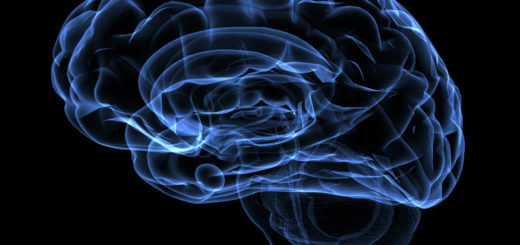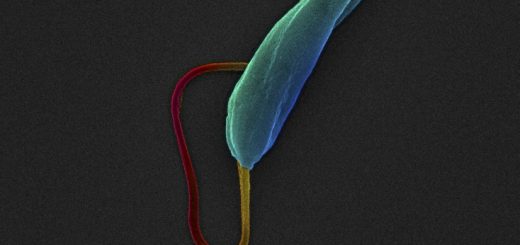Totally Addicted To Love?
Love: a deep inexplicable bond between two individuals or a complex interplay between specific neurotransmitters in the brain? Falling in love is a scientifically documented state and a neat evolutionary trick, serving to bond two people together while they produce new life and so ensure the survival of their genes.
Imaging the brains of people in the first heady stages of love shows significantly decreased activity in the amygdala and the anterior cingulate gyrex, areas responsible for fear, worrying and critical thinking. In this way, romantic love is like a natural Ecstasy high, with reward circuits firing right, left and centre and our natural wariness of strangers turned way down. As the loved-up brain acclimatises to swimming in dopamine and oxytocin, separation from the other person triggers a withdrawal from these potent neurochemicals. Hence, people in love may not just psychologically but physically crave the feeling of ‘togetherness’ they derive from each other’s presence.
Reunion and physical contact sparks an addictive burst of dopamine and oxytocin, re-establishing the love and bonding circuits in the brain. However, less stimulation is needed to nourish a couple’s emotional connection after around six months, at which point it seems the neurochemical honeymoon is over.










